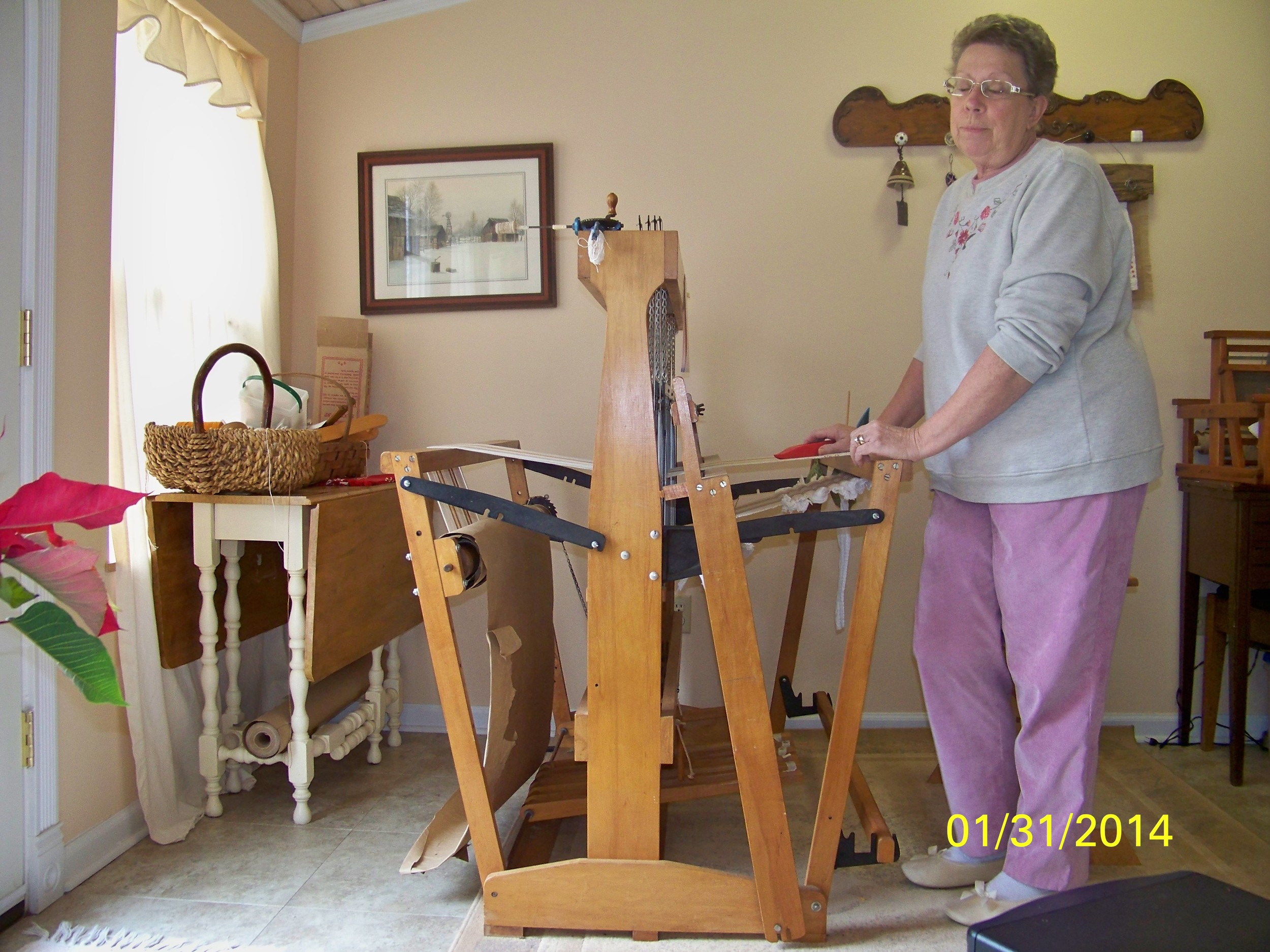What do y’uns say?
/“The rain in Spain falls mainly on the plain.” Every time I hear Eliza Dolittle being put through the paces and carefully, deliberately, even painfully pronouncing every letter of every syllable I want to shout (or holler) at the stage or screen, “Leave her alone.” After all, she is beautiful and charming even when she drops a few letters off every other word.
Setting aside any social commentary George Bernard Shaw intended, I can’t help comparing this exercise in speech refinement to some of the dear friends I’ve known from around the world. It’s sometimes very amusing to hear or read English from my Hebrew-speaking friend and equally as amusing when I watch her face as she listens to my family talking together. I’ve had Mexican–national missionaries in my home who were desperately trying to learn English and the diligence with which they approached our grammar was inspiring.
One of my college professors once postulated that regional differences were a thing of the past. He gave me the opportunity to refute him in a final paper and you can bet I had an opinion to express! As I listen to cousins raised in West Tennessee, dear friends from Mississippi or co-workers from the south side of Atlanta I clearly hear that at least in our speech patterns, we are still beautifully unique.
As an author, I find writing in the vernacular both difficult and comfortable. I suppose the difficulty arises from years of English classes – and a high school English teacher who insisted we write in the Queen’s English despite her own origins on the Plateau. But there is something comfortable about writing the way I’m most at ease speaking. I’ve spent many years in business speaking with customers across the country and I can’t tell you how many times I’ve been asked, “Where’d you get that accent?” When that question comes from a native of Michigan or New England, I have to bite my tongue not to retort, “Who’s got the accent here?” But when it’s your livelihood, you do tend to work hard to be understood. Still, at home it’s a pretty fast transition back to the mountain slang.
As a reader, I find myself in a similar situation of difficulty and interest. Sometimes it’s hard to wade through an unfamiliar vernacular. Even in my beloved Gone with the Wind, it is sometimes a struggle to get through the speech of the 19th century African Americans as presented by Georgia-born Margaret Mitchell. (And we don’t even want to get started on the accents the movie offered as southern. Remember that Vivian Leigh was overcoming a British accent to produce that southern drawl.) I have a Scottish-born cousin-in-law who is one of the most intelligent men I know, and his speech usually reflects that. But he is rightfully proud of his heritage and you hear that in his accent. He’s even worked to learn the once forbidden Gaelic language.
As I research our history, I find myself feeling protective of my people. Even in things written decades ago, I bristle at a portrayal of mountain people (and especially those from the Cumberland Plateau) as backward, ignorant or even foolish. I long to remind these authors and their readers that these were strong people who forged a life in times and places where many of us would never survive. They are generally godly people who lived and taught values America would do well to re-visit today. And above all, they survived! We are thriving on the Cumberland Plateau today and our history, traditions and even our language are largely intact.
All of this brings us to a few critical questions. Do you enjoy reading dialog written in the vernacular or does it make you work too hard to read it? Are you proud of how we sound or do we feel that our southern or Appalachian accents separate us? I’d love to hear from some readers for whom ‘Appalachian’ is not your mother-tongue, what do you think?





